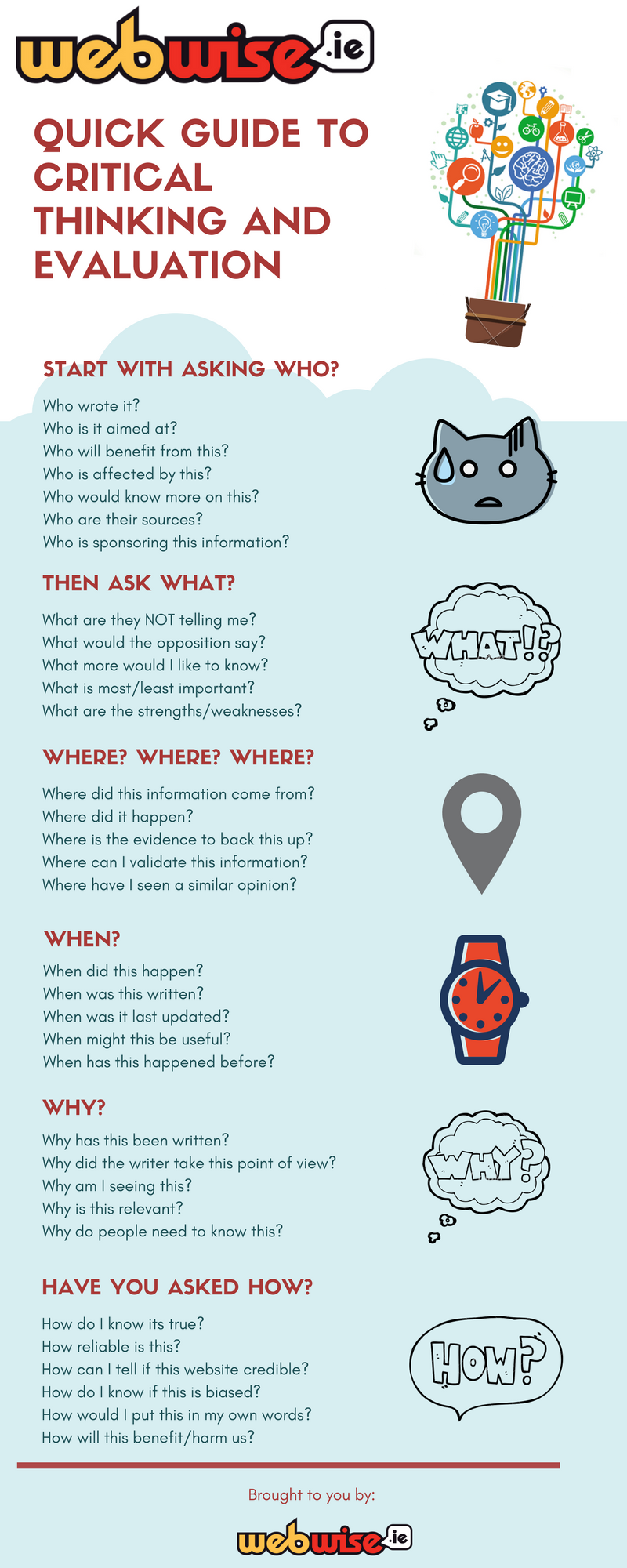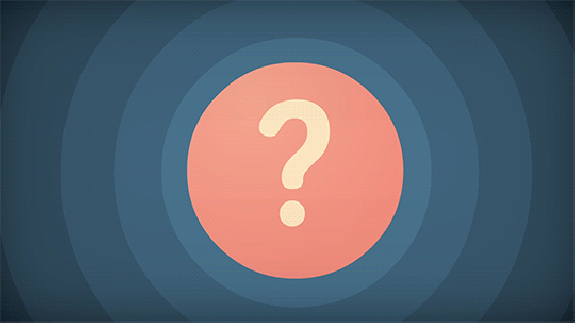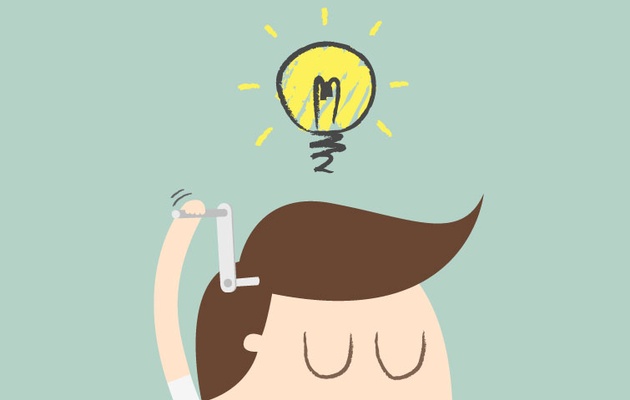Digital Literacy Skills: Critical Thinking
What is Critical Thinking?
There are many definitions of critical thinking, in its most basic form, it is about being able to think for yourself. To be able to think critically, students need to be able to
1. Analyse and evaluate information and arguments
2. See patterns and connections,
3. Identify and build meaningful information
They then need to apply it to a real-world context and be able to put it in their own words.
Why is it Important?
Children and teens need to develop critical thinking skills in order to get the best use out of digital technologies. Teaching them to ask questions and to remain sceptical will help them to navigate the wealth of information that is available to them online. By asking questions they will be able to figure out the meaning of the messages they are receiving. They will be able to recognise what is fake news, whether information they read is valid or not, whether sources are reliable, and if bias is present. Also, see https://www.webwise.ie/teachers/what-is-fake-news/.
Students who practice critical thinking and evaluation skills are less passive in their consumption of content. It will also help them become more compassionate and empathetic when participating in an online world. Use our easy infographic to get started.
 Print here:
Critical thinking and Evaluation
Print here:
Critical thinking and Evaluation







